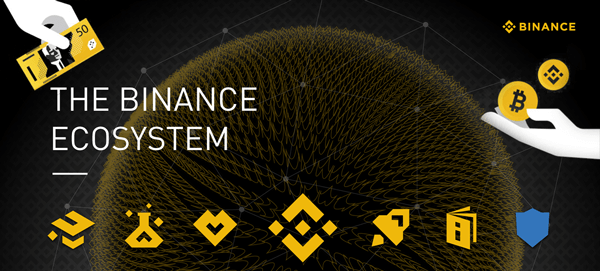
On Feb. 20, Ether (ETH) price rallied to a new high at $2,015, and this caused multiple indicators to display signs of excessive optimism. While the excitement could be easily justified by Ether’s year-to-date 176% gain, these warning signs should not be ignored.
One of the primary driving factors of the current bullish sentiment is the launch of CME ETH futures and Grayscale Investments’ ETH trust reaching $6.3 billion assets under management. The decentralized finance phenomenon also continues, as there is currently more than $21 billion worth of Ether locked in DeFi.
Currently, the Crypto Fear & Greed Index is at 93, indicating “Extreme Greed” according to its methodology. Many traders use the metric as a counter-trading signal — meaning, the extreme fear level can be a sign that investors are bullish and a buying opportunity is present. In contrast, when investors are getting too greedy, it could be a sign that the market is due for a correction.
Unlike the excessively leveraged retail traders, the more experienced market makers and whales have been skeptical of the never-ending rally in Ether. Regardless of the rationale for the price peak, the 36% price correction that followed was accelerated by large liquidations.

The liquidation of $2 billion in long futures contracts from Feb. 19 to Feb. 23 represented 28% of the total open interest. Thus, one should expect significant deterioration in market sentiment, as depicted on the previous Fear & Greed indicator.
Surprisingly, none of that happened on the Ether derivatives markets, as both the futures contracts premium (contango) and the options skew remained bullish.
The futures premium held very healthy levels
By measuring the expense gap between futures and the regular spot market, a trader can gauge the level of bullishness in the market.
The three-month futures usually trade with a 10% or higher premium versus regular spot exchanges. Whenever this indicator fades or turns negative, this is an alarming red flag. This situation is known as “backwardation” and indicates that the market is turning bearish.

The above chart shows that the indicator peaked at 39% on Feb. 20 as Ether touched its all-time high. Nevertheless, it has kept above 16% during the entire correction down to $1,300. This data shows that professional traders remained confident in Ether’s price potential.
The options skew remained neutral-to-bullish
When analyzing options, the 25% delta skew is the single-most relevant gauge. This indicator compares similar call (buy) and put (sell) options side-by-side.
It will turn negative when the put options premium is higher than similar-risk call options. A negative skew translates to a higher cost of downside protection and indicates bullishness.
The opposite holds when market makers are bearish, causing the 25% delta skew indicator to gain positive ground.

Over the past month, there hasn’t been a single incident of a sustainable positive delta skew. Therefore, there is no evidence that options traders demanded more significant premiums for downside protection.
This data is very encouraging, considering that Ether faced a heavy sell-off, but the futures and options metrics discussed above held bullish levels during the downturn.
As Ether managed to recover quickly from its recent $1,300 dip, investors gained further confidence that the uptrend had not been broken.
The views and opinions expressed here are solely those of the author and do not necessarily reflect the views of Cointelegraph. Every investment and trading move involves risk. You should conduct your own research when making a decision.





 Bitcoin
Bitcoin  Ethereum
Ethereum  Tether
Tether  XRP
XRP  USDC
USDC  Solana
Solana  TRON
TRON  Lido Staked Ether
Lido Staked Ether  Dogecoin
Dogecoin
Be the first to comment